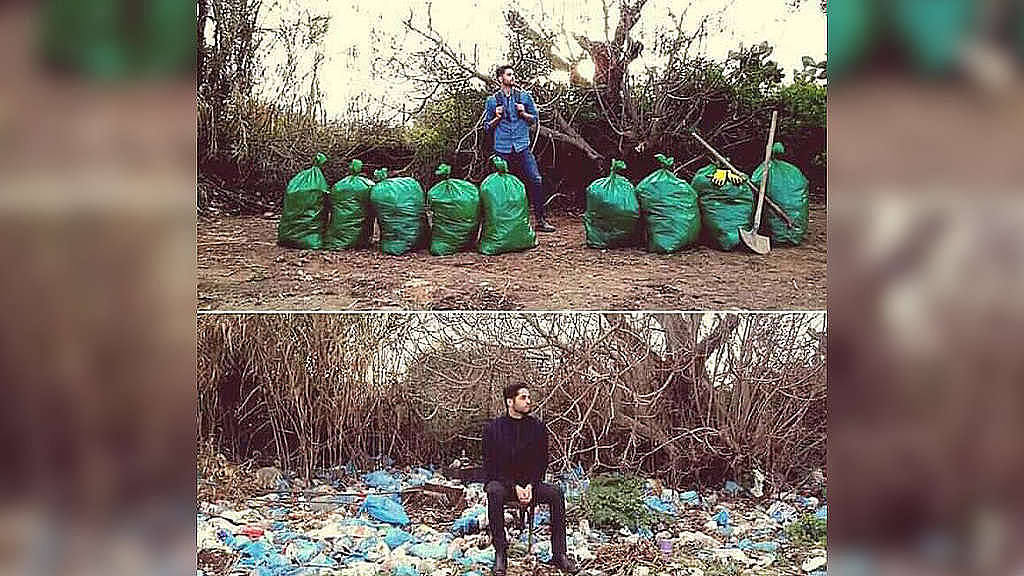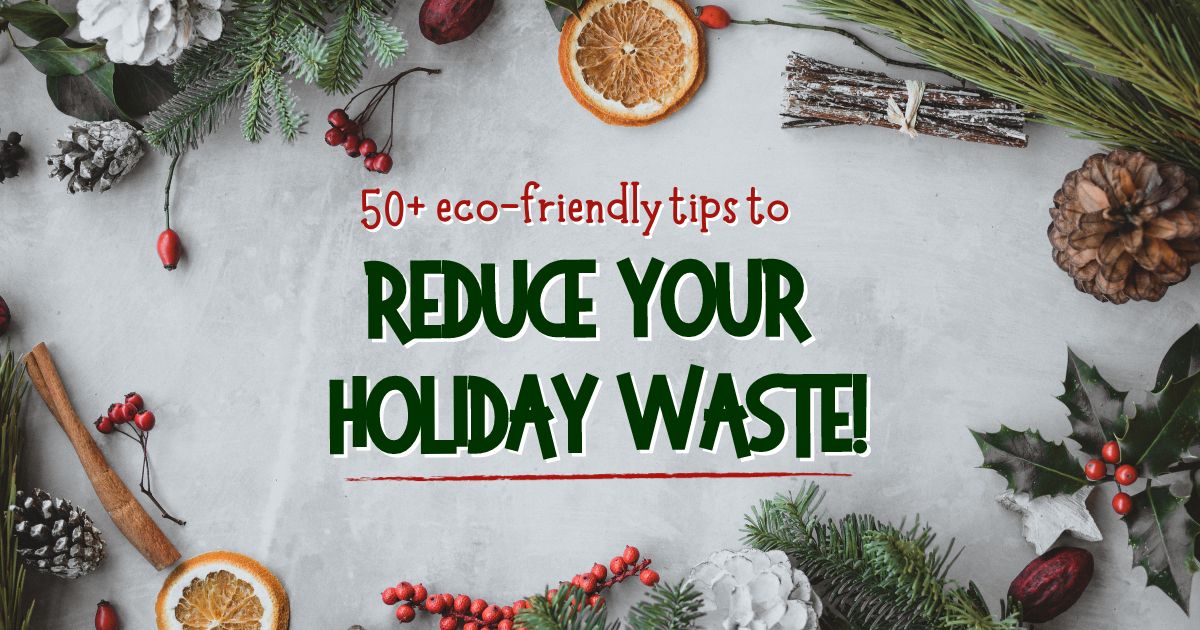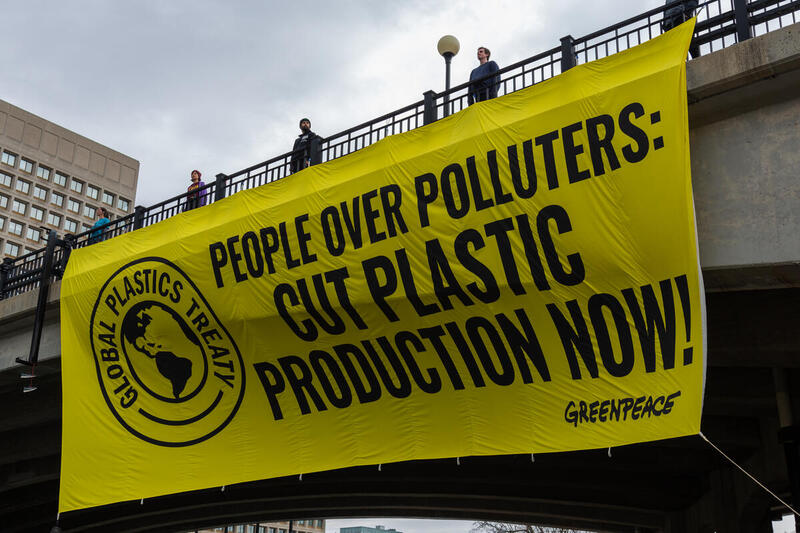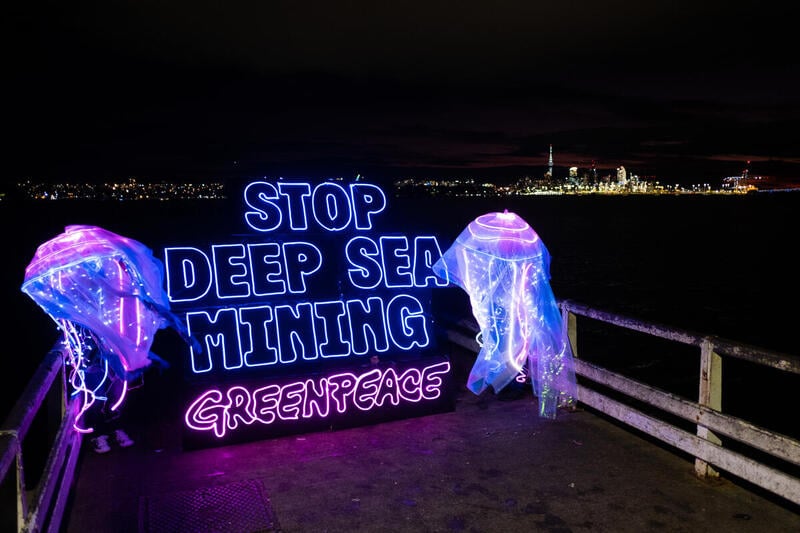The #Trashtag Challenge is the latest challenge to go viral on social media. The idea is simple: grab your gloves and a handful of garbage bags and clean up an area near you that’s full of litter, all the while sharing the before & after pictures on social media.

Launched in early March, the term #Trashtag was used more than 75,000 times on Instagram and Twitter just in the last week. For some, this challenge restores their faith in humanity (or at least in Social Media). And it’s true that seeing all those posts of people proudly posing beside their bags of trash in the middle of a spot that looked like a garbage dump just minutes before, can make us feel like we are moving in the right direction.
Yet, we also know that focusing on garbage without questioning the system that produces it won’t get us anywhere.
The stakes are high: If we accept recent industry projections, plastic production, much of which is for single-use packaging, will increase by 40% in the next decade and quadruple by 2050. In light of such projections, neither clean-ups nor recycling will save the oceans and the environment from plastic pollution.
So what can we do? For years, large corporations like Coca-Cola, Pepsi, Nestlé, and Tim Hortons have denied responsibility and blamed consumers for littering! But really, when we examine the problem, it is clear that the plastic pollution crisis is the direct result of the throwaway culture that these corporations have promoted for decades. It is their business decisions that, every year, flood our oceans with plastic, killing turtles, whales and over 100 000 marine creatures. In short, it is these large corporations and multinationals that we must challenge to change.
So as to not undermine the good intentions of the #trashtag challenge, here’s how to maximize the impact:
- Team up with friends and find a spot full of plastic litter. You’ll have your fair share of spots to pick from now that the snow is melting!
- Bring gloves, garbage bags and your smartphone. Start by snapping a photo of the place before you start cleaning up. Then as you pick up the trash, make a note of the type (cups, plastic packaging, straws) and the brand (when possible).
- Once you’re done cleaning-up, take a photo of this beautiful space and of all the trash you’ve picked up and share it on social media. Remember to tag the different brands you found most often.
As a bonus, if you turn your clean-up into a story, you can use one of our Instagram GIF stickers! Type in “Plastic” in the search bar of your story and add it to your photo. Click here to have a look.
The skyrocketing popularity of the #Trashtag challenge is a sign that the way we see the excesses of our consumer society is changing: now, seeing trash in the environment is not only annoying, it is simply unacceptable.
If we really want to clean up our environment and our oceans, we must do so by tackling plastic pollution at the source. That means reducing plastic production. Letting corporations continue with business-as-usual makes us complicite in this crisis. Yet until their brands are directly linked to plastic pollution, there is little incentive for these corporations to offer alternatives to their single-use disposable business model.
This is a great opportunity to take the #Trashtag Challenge to another level. Let’s jump on board!




